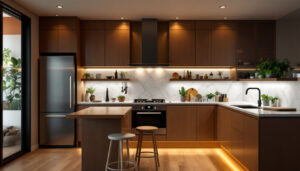
Lighting is a crucial aspect of any construction or renovation project, and as a lighting contractor, understanding the various types of lighting fixtures available is essential for delivering quality results. This article explores the different categories of lighting fixtures, their applications, and key considerations for installation and maintenance. By familiarizing yourself with these elements, you can enhance your expertise and provide better service to your clients.
Lighting fixtures are devices that hold and protect light bulbs while also allowing for the distribution of light in a specific area. They are available in various styles, sizes, and functionalities, catering to different needs and preferences. As a lighting contractor, knowing the fundamental types of fixtures will help you recommend the best options for your clients.
Lighting fixtures can be broadly categorized into three types: ambient, task, and accent lighting. Each type serves a distinct purpose and can significantly impact the atmosphere and functionality of a space.
Ambient lighting provides overall illumination and is typically achieved through ceiling-mounted fixtures, chandeliers, or wall sconces. Task lighting, on the other hand, focuses on specific areas where activities like reading or cooking occur. Examples include desk lamps and under-cabinet lighting. Lastly, accent lighting is used to highlight particular features in a space, such as artwork or architectural details, often achieved through spotlights or track lighting.
The style and design of lighting fixtures can greatly influence the overall aesthetic of a room. From modern and minimalist to vintage and ornate, the choices are vast. As a contractor, you should be familiar with various styles, including industrial, contemporary, traditional, and transitional designs. This knowledge will enable you to recommend fixtures that align with your client’s vision and the overall design of the space.
Moreover, understanding the materials used in fixtures—such as metal, glass, or fabric—can help you assess their durability and maintenance requirements. For instance, metal fixtures may offer a sleek look but require regular cleaning to maintain their shine, while fabric lampshades may need to be replaced more frequently due to wear and tear. Additionally, the choice of finish, such as matte, polished, or brushed, can also affect the visual impact and compatibility of the fixture with the surrounding decor.
Incorporating energy-efficient options, like LED fixtures, is another critical aspect to consider. Not only do these fixtures consume less power, but they also have a longer lifespan compared to traditional incandescent bulbs. This shift towards energy efficiency not only benefits the environment but also appeals to clients looking to reduce their utility bills. As you explore various lighting solutions, staying updated on the latest trends and technologies in the lighting industry will empower you to provide informed recommendations that meet both aesthetic desires and practical needs.
With a growing emphasis on sustainability, energy-efficient lighting solutions have become increasingly popular. As a lighting contractor, it is essential to stay informed about the latest technologies and products that promote energy efficiency. This not only benefits the environment but also helps clients save on their energy bills, making it a win-win situation for all parties involved.
Light Emitting Diodes (LEDs) are at the forefront of energy-efficient lighting. They consume significantly less power than traditional incandescent bulbs and have a longer lifespan, making them a cost-effective choice for both residential and commercial applications. When advising clients, highlight the benefits of LED fixtures, such as their low heat emission and versatility in design. The durability of LEDs also means they are less likely to break, reducing waste and the need for frequent replacements.
Additionally, many LED products are now available in various color temperatures, allowing clients to choose the ambiance they desire. Whether they prefer a warm, cozy glow or a cooler, more vibrant light, there are LED options to suit every preference. Furthermore, advancements in LED technology have led to the development of tunable white lights, which can adjust their color temperature throughout the day, mimicking natural daylight and potentially improving mood and productivity.
Smart lighting technology is another trend that lighting contractors should be aware of. These systems allow users to control their lighting through smartphones or voice-activated devices, providing convenience and flexibility. Smart fixtures can be programmed to adjust brightness, color, and even scheduling, offering a personalized lighting experience. This level of control not only enhances user satisfaction but also contributes to energy conservation by ensuring lights are only used when needed.
When discussing smart lighting with clients, emphasize the potential for energy savings and enhanced security features. For instance, smart lights can be set to turn on and off at specific times, giving the appearance of occupancy, which can deter potential intruders. Additionally, many smart lighting systems can integrate with home automation setups, allowing for seamless control of lighting alongside other smart devices, such as thermostats and security cameras, creating a holistic approach to home efficiency and safety.
Proper installation is crucial for ensuring that lighting fixtures function effectively and safely. As a lighting contractor, understanding the best practices for installation will not only enhance the quality of your work but also build trust with your clients.
Before installing any lighting fixture, it is essential to assess the existing wiring and electrical system. Ensure that the circuit can handle the load of the new fixtures, and always adhere to local building codes and regulations. This may involve consulting with an electrician if additional wiring or circuit upgrades are necessary.
Furthermore, prioritize safety during installation. Always turn off the power at the circuit breaker before beginning work, and use appropriate tools and protective gear. This diligence will help prevent accidents and ensure a smooth installation process. Additionally, consider using wire nuts and electrical tape to secure connections, and double-check all connections before restoring power. Regularly inspecting your tools and equipment for wear and tear can also prevent unexpected failures during installation.
The placement of lighting fixtures can significantly impact the overall effectiveness of the lighting design. Consider factors such as the size of the room, the height of the ceilings, and the intended use of the space when determining where to install fixtures.
For example, in a kitchen, task lighting should be strategically placed over work areas like countertops and islands. In contrast, ambient lighting may be best suited for living rooms or bedrooms to create a warm and inviting atmosphere. Take the time to discuss these considerations with your clients to ensure their needs are met. Moreover, incorporating dimmer switches can offer flexibility in lighting levels, allowing clients to adjust the ambiance according to different activities or times of day. Don’t forget to consider the color temperature of the bulbs as well; warmer tones can create a cozy environment, while cooler tones are often better for workspaces, enhancing focus and productivity.
Regular maintenance is essential for prolonging the life of lighting fixtures and ensuring optimal performance. As a lighting contractor, you should educate your clients on proper maintenance practices to keep their fixtures in excellent condition.
Different types of fixtures require different cleaning methods. For instance, glass fixtures may need to be cleaned with a gentle glass cleaner to avoid streaks, while fabric shades may require a light dusting or vacuuming to remove dust and debris. Advise clients on the best cleaning products and techniques for their specific fixtures.
Additionally, remind clients to regularly check for burnt-out bulbs and replace them promptly. This not only maintains the aesthetic appeal of the space but also ensures safety, as flickering or dim lights can indicate electrical issues that need to be addressed. Encourage clients to keep a log of their maintenance activities, including bulb replacements and cleaning schedules, to help them stay organized and proactive.
As technology and design trends evolve, clients may wish to upgrade their lighting fixtures over time. Encourage them to consider energy-efficient options or new styles that align with their changing tastes. Staying informed about the latest trends and products will position you as a knowledgeable resource for your clients.
Moreover, discussing the benefits of upgrading can lead to additional business opportunities. For instance, clients may be interested in smart lighting solutions or enhanced outdoor lighting options, which can enhance their home’s security and aesthetic appeal. Highlight the advantages of LED lighting, such as lower energy consumption and longer lifespan, as well as the ability to control lighting remotely through smart devices, which can add convenience and flexibility to their daily routines.
Furthermore, emphasize the importance of choosing fixtures that not only match the decor but also contribute to the overall functionality of the space. For example, pendant lights over kitchen islands can provide focused task lighting while adding a stylish touch. Encourage clients to think about how different lighting styles can transform their environments, creating ambiance and enhancing the mood for various activities, from entertaining guests to enjoying a quiet evening at home.
As a lighting contractor, understanding the various types of lighting fixtures, their applications, and maintenance requirements is essential for delivering quality service to your clients. By familiarizing yourself with energy-efficient solutions, installation best practices, and maintenance tips, you can enhance your expertise and build lasting relationships with your clients.
In a rapidly evolving industry, staying informed about the latest trends and technologies will not only benefit your business but also contribute to creating beautiful, functional spaces for your clients. Embrace the knowledge and skills necessary to excel in your field, and you’ll find that your passion for lighting can illuminate the path to success.
Ready to elevate your lighting game? Look no further than LumenWholesale for all your lighting needs. We provide contractors with high-quality, specification-grade lighting products at unbeatable wholesale prices. Say goodbye to local distributor markups and hello to superior products that meet the highest industry standards. With our hassle-free bulk buying and free shipping, you can trust that you’re getting premium lighting at the best value — without any hidden fees. Make your next project shine with the perfect blend of quality, affordability, and convenience. Wholesale Lighting at the Best Value is just a click away.
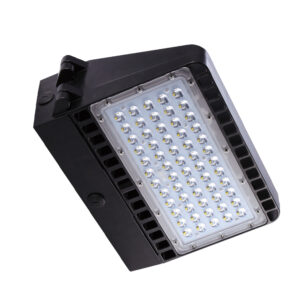
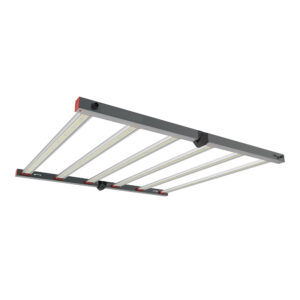
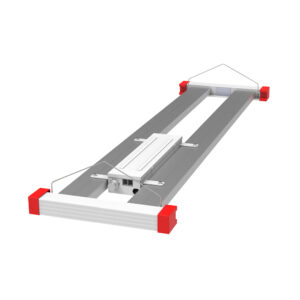
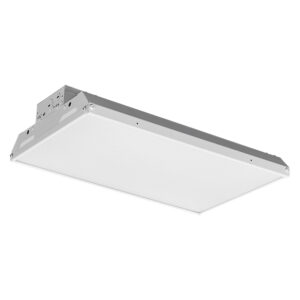
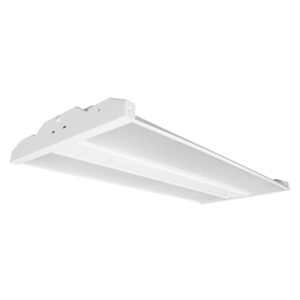
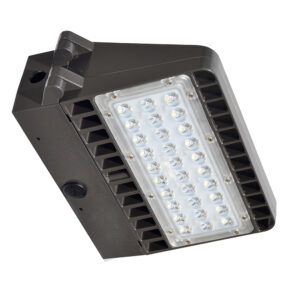

Discover the essential insights lighting contractors need to know about solar lights, from installation tips to the latest innovations.

Discover how highbay lighting is revolutionizing the lighting industry, offering efficiency and innovation for contractors.

Discover the essential insights lighting contractors need to know about sconces.

Discover the essential transition from HID to LED street lighting and why it’s crucial for lighting contractors.
Get notified when NEW deals are released.
Optimize your budget with wholesale discounts.
Only top-quality, specification-grade lighting products.
No additional costs at checkout - what you see is what you pay.
We understand the unique needs of contractors.